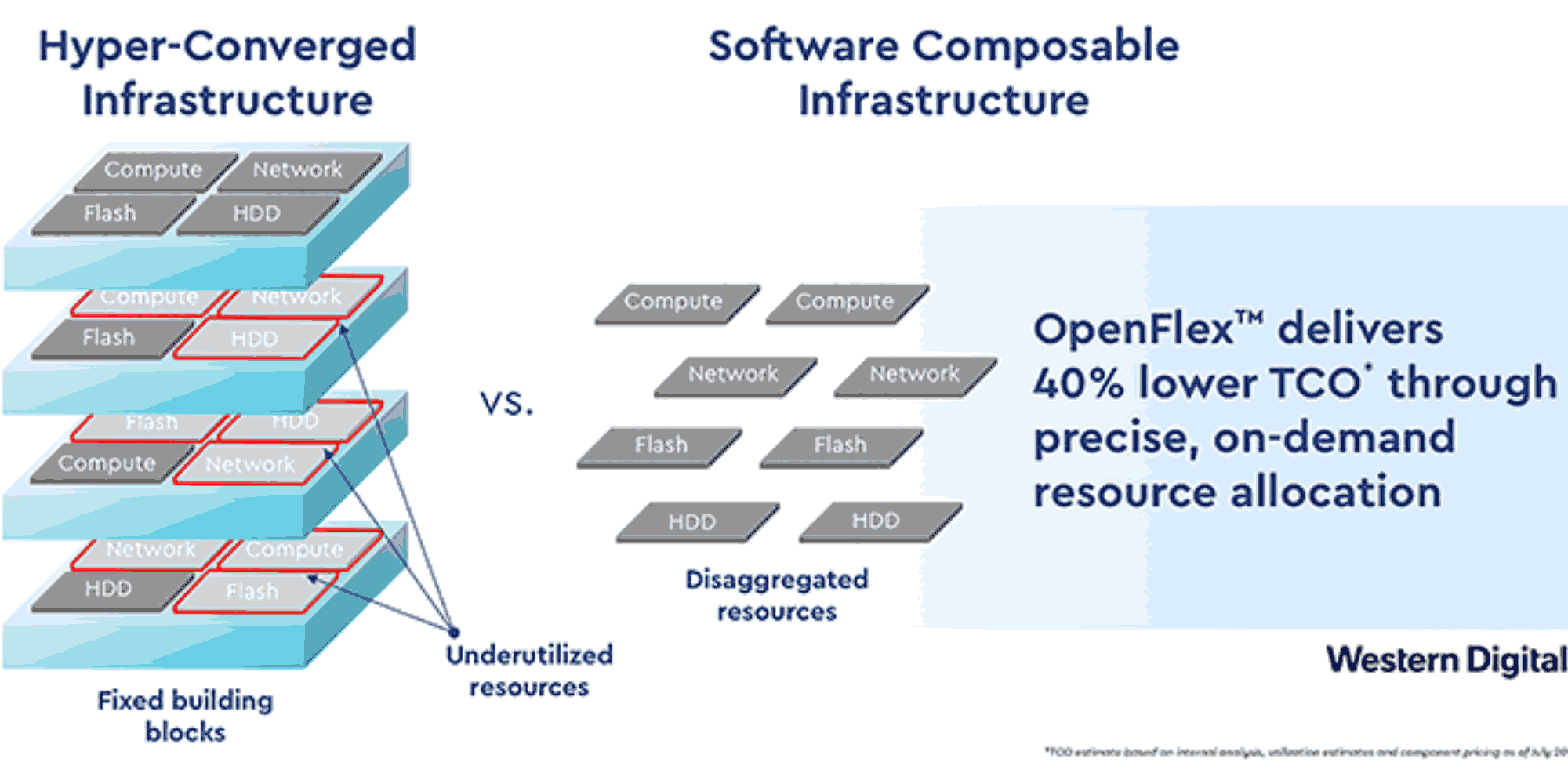
Composable Infrastructure
Composable infrastructure offers significant advantages, allowing businesses to optimize hardware resource utilization and enhance operational agility. By disaggregating compute, storage, and networking resources into flexible pools, organizations can allocate and reallocate resources dynamically to meet changing application demands, avoiding the inefficiencies of overprovisioning. This approach, managed through software-defined controls, empowers IT teams to compose resources on demand, leading to faster deployment times and streamlined management. The result is a highly elastic, cost-efficient infrastructure that supports a wide range of workloads, making it ideal for hybrid cloud environments and dynamic, scalable operations. Additionally, composable infrastructure reduces hardware costs and improves performance by ensuring that resources are fully utilized without being stranded or locked into specific configurations.
Benefits of Distributed Architecture
- Resource efficiency: As resources are aggregated and distributed on demand, computing, storage, and network resources can be used more efficiently. This helps reduce equipment costs by eliminating labor.
- Greater agility: IT teams can quickly deploy and change infrastructure configurations, allowing organizations to respond more quickly to business needs. This provides better support for DevOps practices, agile development, and continuous integration/delivery (CI/CD) pipelines.
- Scalability: Composable infrastructure allows organizations to easily scale their infrastructure to accommodate business changes. Resources can be added or removed without breaking functionality.
- Ease of management: With unified APIs and control, hybrid infrastructures can easily manage hardware resources. IT teams can automate tasks such as provisioning, configuration, and monitoring, resulting in less manual work and fewer errors.
- Cost savings: By avoiding the need to over-provision and automate equipment, hybrid infrastructure reduces capital expenditures (CapEx) and operational expenditures (OpEx).
